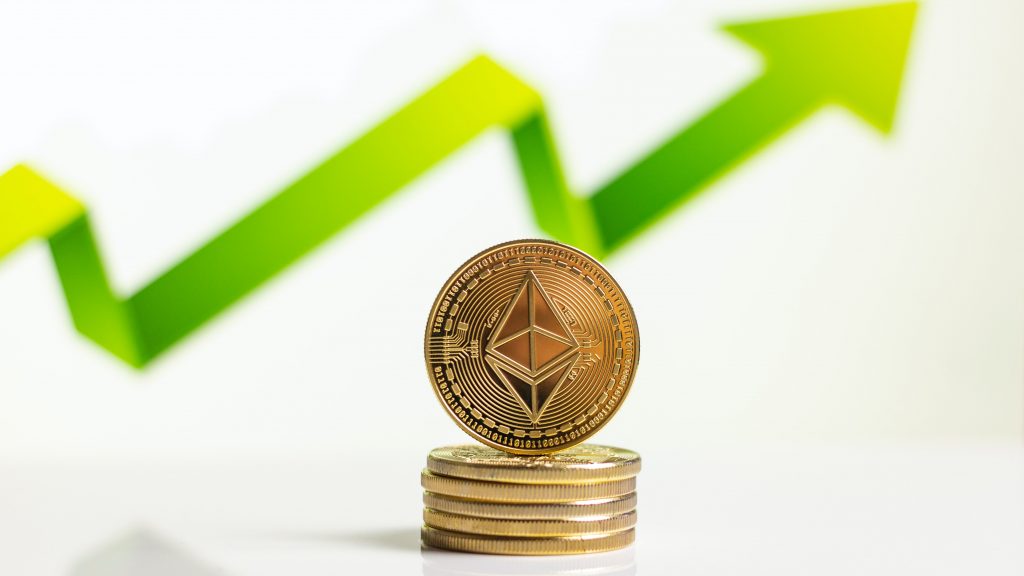Last Updated on May 18, 2023

Most blockchain transactions were quite inexpensive before 2020. With the rise of Web3.0 and NFTs, however, the cost of required blockchain transaction fees, commonly known as gas fees, has become one of the most significant impediments to mainstream adoption.
The price of gas fluctuates based on network congestion for blockchains like Ethereum and Bitcoin. That means that the bigger the number of individuals who use the network, the higher the gas charge. And, because Web3.0’s ethos is based on democratisation and inclusivity, this basic scaling difficulty calls into question its core values.
The gas concept, while simple, can be complex underneath. Hence, we’ve crafted this comprehensive guide, explaining gas costs, their calculation, and affordability strategies in Ethereum and other blockchains.
What Are Gas Fees in Ethereum?
Gas refers to the charge or value needed to complete a transaction or execute a contract on the Ethereum blockchain. It allocates Ethereum virtual machine (EVM) resources, enabling decentralized smart contracts to execute securely.
It’s priced in gwei, a small fraction of the cryptocurrency ether (ETH). Network miners control the actual gas price based on supply and demand, rejecting transactions if the gas price is too low.
The gas concept ensures a distinct value layer that represents computational costs on the Ethereum network.
Understanding Gas Fees and Their Role in Ethereum Transactions
Users pay gas fees to compensate for the computer power needed to process and validate transactions on the Ethereum blockchain. The term “gas limit” refers to the amount of gas (or energy) you’re willing to spend on a certain transaction. A greater gas limit means you’ll have to put in more effort to complete an ETH or smart contract transaction.
To use an analogy, driving a real-world car for X miles might consume Y gallons of gas, or sending X dollars from your bank account to a friend’s credit card might cost Y dollars in processing fees. In both cases, X represents the utility value, while Y represents the cost of carrying out the automobile trip or financial transaction process. Similarly, a contract or transaction on Ethereum might be worth 50 ETH (X), and the gas price to complete it at that time might be 1/100,000 ETH (Y).
In exchange for their computing skills, Ethereum miners are paid a fee that covers all of the key functions of verifying and processing transactions on the network. Miners can choose to disregard such transactions if the gas price cap is set too low. As a result, the price of gas (paid in ETH) changes with the availability and demand for processing power.
Read: All You Need To Know About Cryptocurrency
How are Ethereum gas fees calculated?
We must first comprehend the concept of gwei in order to comprehend how Ethereum gas is computed. Gwei is a very small Ether denomination (1 gwei = 0.000000001 ETH) that is used to calculate the price of gas. A 30 gwei gas cost, for example, is comparable to 0.000000030 ETH.
Ethereum gas fees have followed a straightforward computation since the London hard fork in August 2021:
Total Gas Fee = (Base Fee + Tip) x (Gas Units (Limit))
Let’s take a closer look at this.
A gas limit is the maximum quantity of gas (or energy) that a cryptocurrency user will pay to complete a blockchain transaction. Most wallets and exchanges set the gas limit for ordinary Ethereum transactions at 21,000 gwei, however, users can manually adjust this quantity at any time. Users frequently raise their gas limits dramatically during gas wars, in which numerous users compete for transaction priority in the following block.
Ethereum, on the other hand, will only spend the precise amount of gas required to complete the transaction. Any discrepancy between your gas limit and the actual gwei required is reimbursed to your wallet. Meanwhile, setting your gas limit too low will almost certainly result in your transaction failing, costing you money in gas fees that you will never be able to collect.
Why Are Ethereum Gas Prices So Expensive?
Because Ethereum is one of the most widely used blockchains, gas fees can be exorbitant. The Ethereum chain has so much activity that the blocks are full, and transaction fees grow with each increase in demand.
Ethereum gas fees aren’t always exorbitant, but they have soared to absurdly high levels in the past, such as during the 2017 ICO boom and the DeFi summer of 2020, when the value of Ethereum and the number of projects in the area skyrocketed, clogging the Ethereum network.
For most use scenarios, Ethereum gas fees can be prohibitively expensive. However, rising gas fees show that Ethereum and the decentralised apps (DApps) created on top of it have real-world applications. New business models will arise if Ethereum can be scaled to execute more transactions at a reduced cost. The aforementioned decentralised finance (DeFi) ecosystem is one of the most successful use cases of a blockchain network so far.
Understanding Ethereum’s Base Fee, Priority Fee, and Strategies for Transaction Cost Control
The base fee comes next. Each block carries a base cost that varies with network congestion, introduced in the London upgrade. This base fee gets burned, removing it from Ethereum’s supply circulation, acting as a deflationary counterbalance to new ETH issuance. Therefore, users need to add a priority fee (tip) to each transaction to compensate miners for the previously earned fee. The higher the priority fee, the faster the transaction processing. Users can change all three settings in wallets like MetaMask (the gas limit, max priority fee, and max fee).
Users can also select a transaction’s maximum charge, giving them complete control over the absolute most they’d like to pay, including the basic price and priority fee. However, while this strategy improves price predictability, it does not address the problem of congestion-based pricing. That is why Vitalik Buterin and the Ethereum team are hard at work on a new, scalable Ethereum version.
Making Gas Fees More Affordable
The Ethereum team has officially revealed that the multi-phase Ethereum 2.0 upgrade will begin in August 2022, despite repeated delays. Ethereum 2.0 will go from a proof-of-work consensus methodology to a proof-of-stake paradigm in order to improve scalability, security, and efficiency. Not only will this significantly improve transaction throughput (Ethereum 1.0 can process around 30 transactions per second, whereas Ethereum 2.0 promises to process 100,000 transactions per second), but it will also significantly reduce gas fees by lowering the amount of computing power required for each transaction.
Before You Go…
Hey, thank you for reading this blog to the end. I hope it was helpful. Let me tell you a little bit about Nicholas Idoko Technologies. We help businesses and companies build an online presence by developing web, mobile, desktop, and blockchain applications.
We also help aspiring software developers and programmers learn the skills they need to have a successful career. Take your first step to becoming a programming boss by joining our Learn To Code academy today!
Be sure to contact us if you need more information or have any questions! We are readily available.











